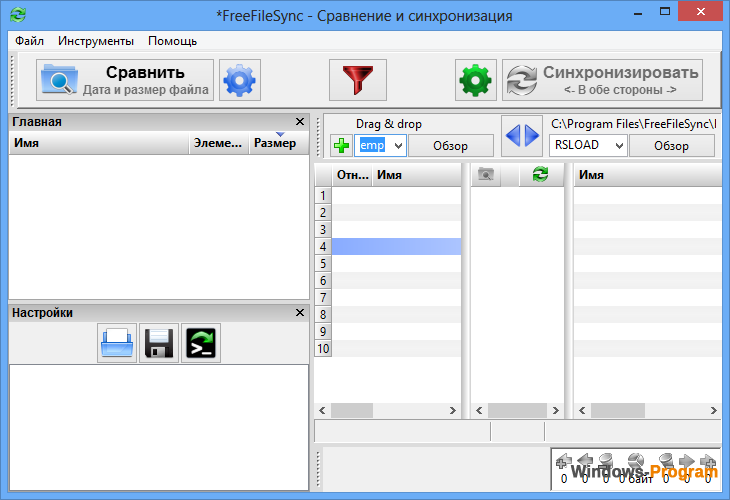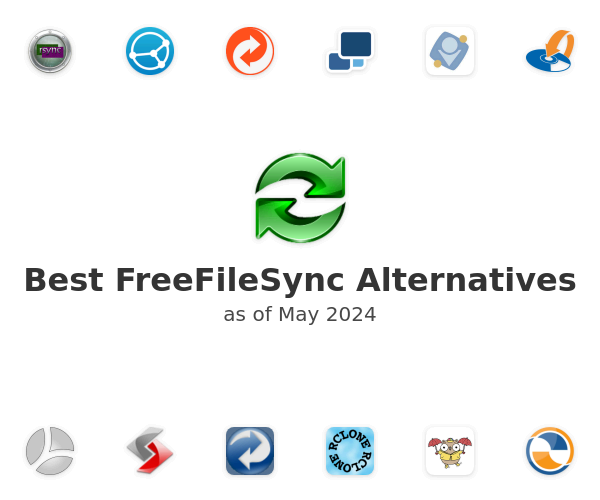

With file syncing, always do test runs first on dummy data to make sure it's doing exactly what you want it to do, before using it on any real data. In which case, Mirror one way from Folder A (Source) to Folder B (Destination) and set it to delete files on the destination that have been deleted on the source. In your example, it sounds like you're simply making a backup and syncing Folder A to Folder B. It's a bit full on due to the amount of options, so it's more of a techie type person's tool.

Link here:īackup software comparison - SyncBackPro, SyncBackSE and SyncBackFree There are both free and paid versions of SyncBack. But it was out of support regardless, so it was time to move on. Microsoft said they fixed it, but didn't, which made it useless for me. Another thing I'm going to look at next is lightweight bittorrent clients and seeing if there's a way to push deltas via a functionally private bittorrent sharing a TrueCrypt volume.I've used SyncBack by 2BrightSparks for quite a while after Microsoft abandoned SyncToy, but just before doing so introduced a 'bug' that prevented it from deleting files in the destination that were deleted on the source when mirroring. written that can use ftp, that can, independently of good time synchronization, determine the time offset between hosts and then CRC/MD5/SHA the files to determine deltas. SyncBack will use the environment created by the DOS script, and a user can now create profiles that use the %usbbasepath% environment var that'll have a portable, but fully qualified, :\ parameters.Īfter reading more about the use of rsync, my caution about NSTI conformance seems even more prudent.īut really, there does need to be a simple file sync util. :: the path will not include a trailing "\" but that could beįor /F %%i in ('cd') do set usbbasepath=%%i :: (nice for testing where you don't have the same directory tree :: parse off the current drive letter & "root path" :: in my case the path looks like this: \apps\util-syncback, so I need :: traverse as high to your thumb drive's "root" dir as necessary With that realization I found a work-around that should be compatible with at least Win2k, using a DOS command script employing the "FOR" command (I'm not sure about Win98 or ME's 'FOR' implementation). SyncBack is not 100% compatible w/ portable environments however, because its profiles want a complete path ( :\dir\dir\dir\ ) and it won't take a relative root like "\apps\blah." However it will take environment variable substitutions using %VARNAME%.


 0 kommentar(er)
0 kommentar(er)
